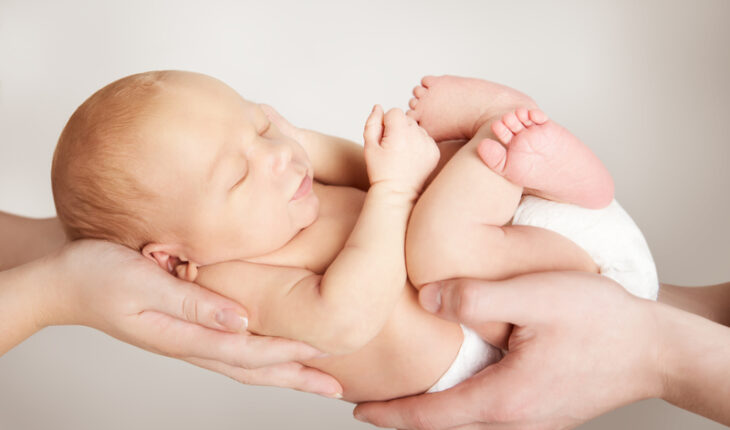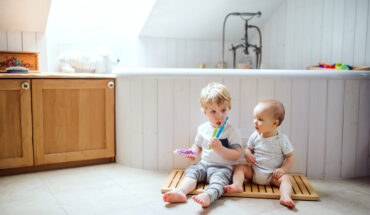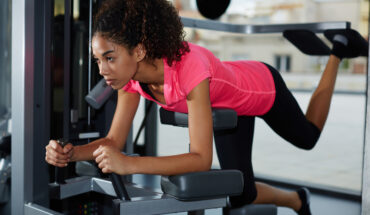Welcoming a newborn into your home is a joyous occasion, but it also comes with the responsibility of ensuring their safety and well-being. Newborns are delicate, and their safety should be a top priority. By taking some simple steps, you can create a safe and secure environment for your little one.
Protect Them From Illness
One of the most critical aspects of newborn safety is protecting them from illness. Newborns have developing immune systems and are more susceptible to infections. To safeguard their health, ensure that all visitors and caregivers wash their hands thoroughly before handling the baby. Limit your baby’s exposure to large crowds, especially during flu and cold seasons. Make sure to keep your newborn’s vaccinations up to date, as this is essential for preventing many diseases. There are also steps you can take at home to protect your newborn from illnesses. Keep your baby’s surroundings clean and disinfected regularly, especially items that they frequently come into contact with such as toys and pacifiers. It is also crucial to keep a close eye on any changes in your baby’s health, such as fever or unusual behaviors, and seek medical attention if needed.
Remove Physical Hazards
Creating a safe environment for your newborn at home means identifying and eliminating physical hazards. Start by baby-proofing your home. Cover electrical outlets, secure heavy furniture to prevent tipping, and place safety gates at the top and bottom of stairs. Keep small objects, cleaning products, and medications out of the baby’s reach. Using cordless blinds can minimize the danger to your child. Also, secure cords from window blinds, curtains, and appliances to prevent any accidental strangulation. Check for any broken or sharp edges on furniture, toys, and household items. Ensure that all safety equipment, such as car seats and strollers, are in good working condition.
Ensure a Safe Sleep Environment
Newborns spend a significant portion of their time sleeping, so ensuring a safe sleep environment is crucial. Place your baby to sleep on their back on a firm mattress with a fitted sheet. Avoid using pillows, quilts, or bumper pads in the crib, as these can pose suffocation risks. Ensure the crib bars are spaced appropriately to prevent the baby from getting stuck. Choose sleepwear that is appropriate for the room temperature to prevent overheating. It’s also advisable to share a room with your newborn but not a bed, as this has been shown to reduce the risk of sudden infant death syndrome (SIDS). There are other steps you can take to create a safe sleep environment for your baby. One important step is to keep the sleeping area clear of any loose objects or toys that could potentially suffocate or strangle the baby. This includes items such as blankets, stuffed animals, and cords from blinds or curtains.
Newborn safety is paramount for parents and caregivers. By taking these precautions, you can give your baby the best start in life and create a home where they can thrive and grow with confidence.
Did You Enjoy Reading This Article? Here’s More to Read: Healthy Morning Habits Everyone Should Embrace




